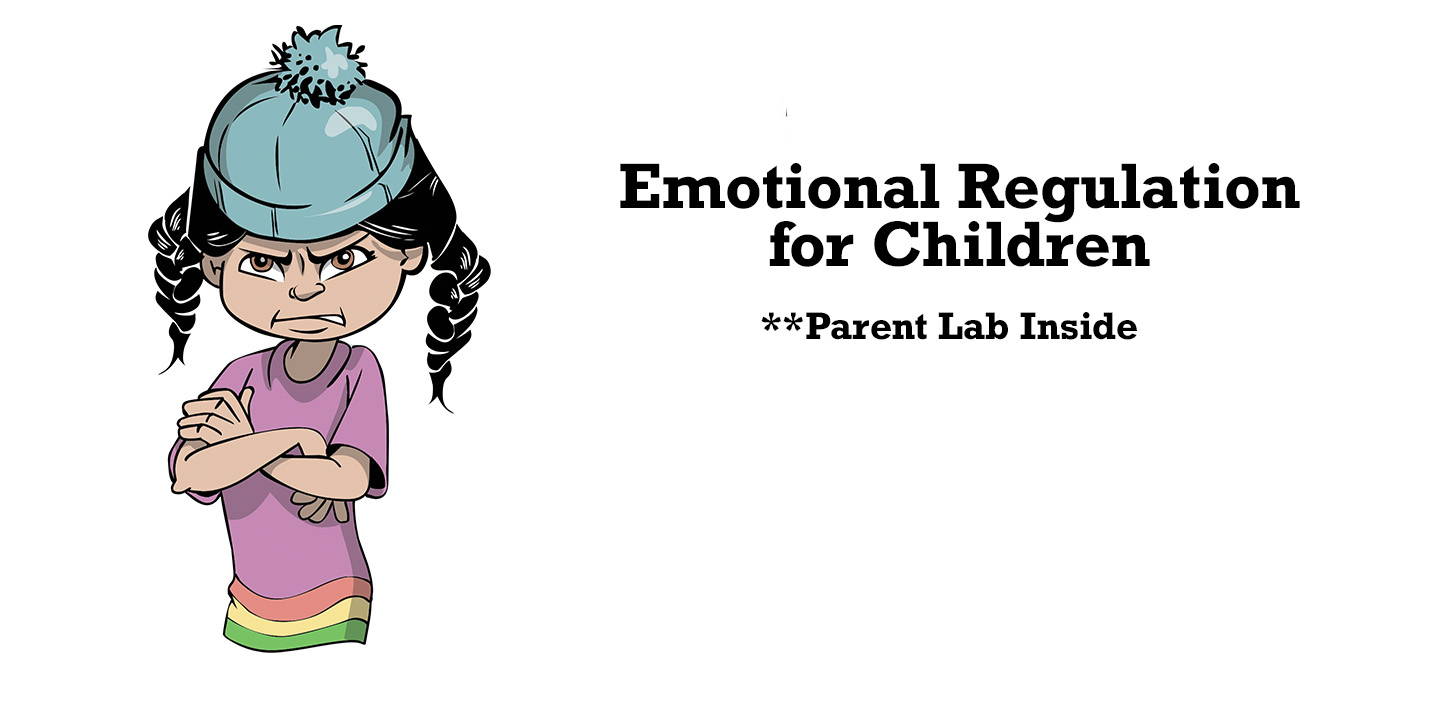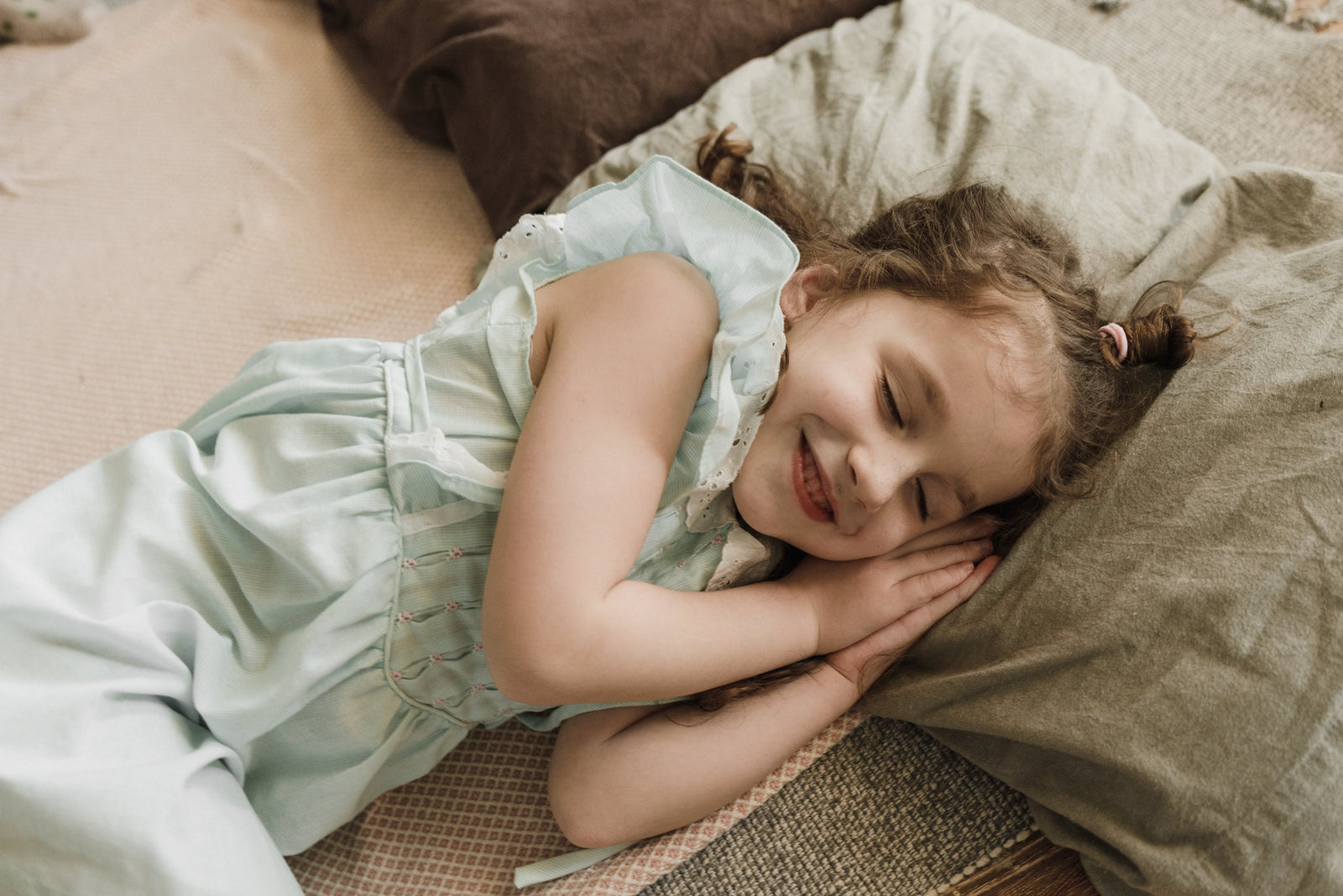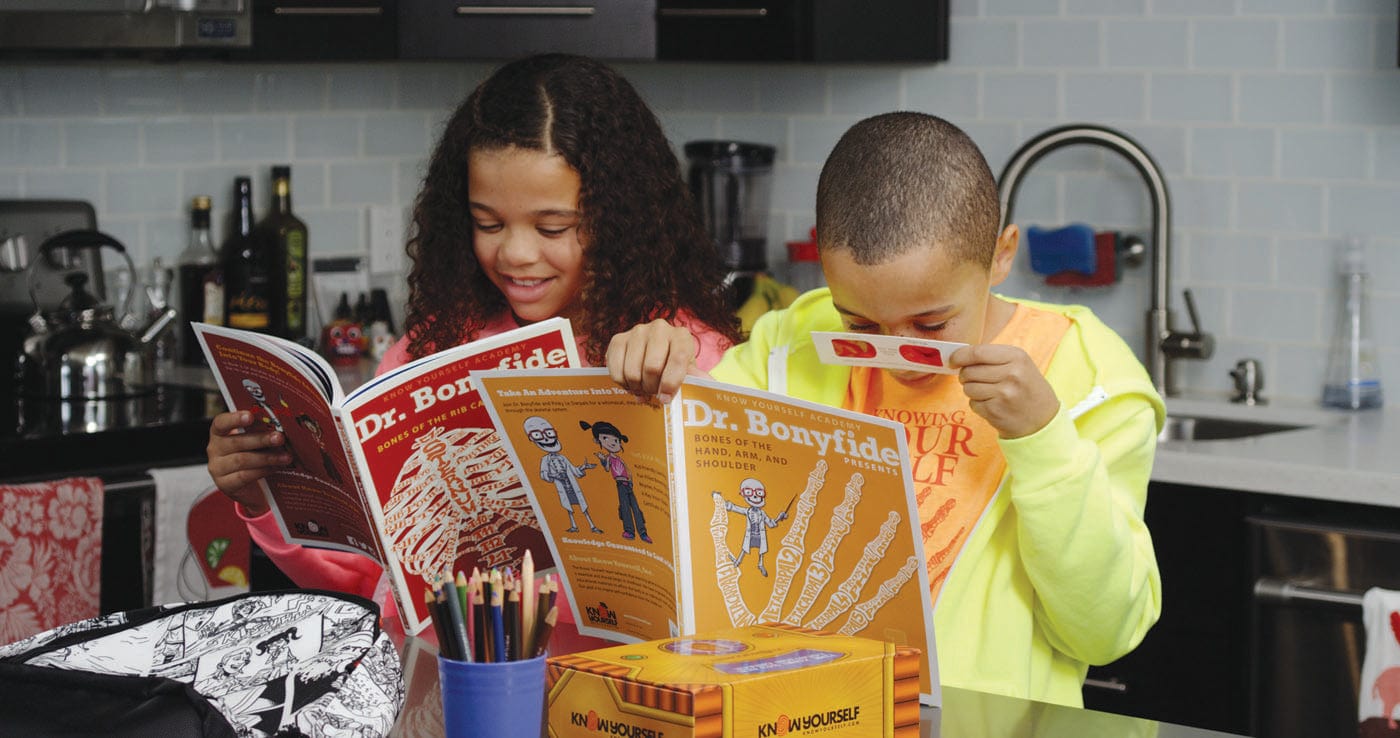
There’s no denying that humans are emotional beings.
Everything we see, hear, or experience incites an emotional reaction, even if that reaction is sheer boredom. Sometimes this can feel exhausting, but it’s not without good reason–emotions inform decision-making, and help us assess risk and prioritize needs. Emotions also help us communicate with and care for others, allowing us to create friendships and build communities.
Despite the benefits of emotions, we sometimes struggle to manage them. Psychologists call this emotional dysregulation. Emotional regulation, on the other hand, is the ability to become aware of, process, and manage emotions so as to use them in the most effective way. You can think about emotional regulation like this: emotional dysregulation is when we feel like our emotions are controlling us, and emotional regulation is when we feel like we’re controlling our emotions.
Most of us are pretty good at using emotional regulation in our daily lives–it stops us from making rash and impulsive decisions based on our moment-to-moment feelings, like yelling at a friend for an honest mistake, or breaking down in tears after dropping a slice of pizza (though let’s face it, we’ve all done both). We develop most emotional regulation skills in early childhood, but if you find yourself or your children struggling to control your emotions, don’t worry– all of us do sometimes! Besides, there are lots of emotional regulation techniques you can learn to calm yourself down and help when feelings get out of control.
Parent Lab:
Teaching Emotional Regulation Skills
Normalizing Emotions:
Teaching emotional regulation skills to kids involves ensuring children recognize that emotions are a regular part of life, they’ll more easily cope with the unpleasant ones when they arise. To help, parents can make a habit of discussing emotions at times when their children are in states of relative calm. This practice can take the form of looking at a photograph or caricature of an angry or sad person and asking them child “how do you think this person is feeling?” or “why do you think she or he feels this way?”
Managing Kids’ Emotions With Attentional
Redirection:
Sometimes, for children to manage their emotions, they simply need to put their mind somewhere else. One way to do this is with activities that engage the child’s mind in a healthy way. For infants, music can be an effective diversion, especially songs that call for their involvement with movement and hand gestures (like the “Itsy Bitsy Spider” or “The Wheels on the Bus”). Toddlers can occupy their thoughts with coloring, which allows them to feel control over a situation and provides an outlet for self-expression. For older children, reading can be a healthy distraction and calming technique for managing kids emotions. For children, who have a more developed vocabulary, talking about their emotions can encourage them to look at their feelings with enough distance to analyze and assess them.
Pretend Play:
Pretend play (that is, play that involves make-believe, fantasy, and imagination) encourages children to make rules and stick to them. In doing this, they’re practicing impulse control by committing to arbitrary rules, much like those that dictate socially acceptable behavior.Studies show children who engage in pretend play with parents or caregivers have higher levels of emotional control, and ones who create organized original stories tend to be more divergent thinkers (i.e. ones who find multiple solutions to a given problem).
Managing Kids’ Emotions: Thoughts, Feelings, & Behaviors
Most of us know that our thoughts influence our feelings, our feelings influence our behaviors, and the other way around. Cognitive behavioral methods involve working around cognitive distortions, or negative thought patterns. For example, “Fortune Telling” is a common cognitive distortion in which we think we know the future and it’s going to be bad (“if I take a new route, I’ll just get lost”).
For a deeper look at thoughts, feelings, and behaviors, check out this week’s Scientific Spotlight.
We can all learn and make use of cognitive behavioral techniques, but if you find yourself or your children overwhelmed or distressed by your thoughts or feelings, look for licensed mental health professionals who can help you feel more in control through cognitive behavioral therapy and other evidence-based practices and specialize in emotional regulation for children.
Self Care
The mind and body are inextricably connected, so when children have ways to care for both, their ability to regulate emotions improves greatly. Some practical self-care techniques that have been linked to emotional regulation include:
Exercise
Research has shown that those who practice aerobic exercise (that is, exercise that increases your heartbeat, like running, swimming, or dancing) have an easier time overcoming emotional regulation deficits. Moreover, regular physical activity is linked to positive emotions, so maintaining an active lifestyle can help children feel better all around and have an outlet that provides emotional regulation for children.
Adequate and Regular Sleep:
Anyone who has had a bad night’s sleep knows they’re not always the best version of themselves the following morning. Sleep deprivation makes people cranky, but until recently, it was unclear why. A 2015 study using brain mapping showed that insufficient sleep reduced people’s ability to assess importance–suddenly, everything became of utmost importance. Naturally, when everything has high stakes, the emotions tend to run high with them, so a good night’s sleep is great for healthy emotional regulation for children.
Mindfulness
These emotional regulation practices won't–and shouldn’t–change the way you think. They’re just a means by which to bring awareness to the details of life that sometimes slip our notice.
Also, no child is too young to practice meditation– for more on this, check out Adventure 11
Get ready to getbrainyas we learn the wonders of the Nervous System!
Inside Adventure 11, you will find fun Nervous System activities for kids that include experiments, crafts, comics, word games, recipes, and more!
Recommended ages 8+, however these workbooks are appreciated by all ages!









Leave a comment (all fields required)